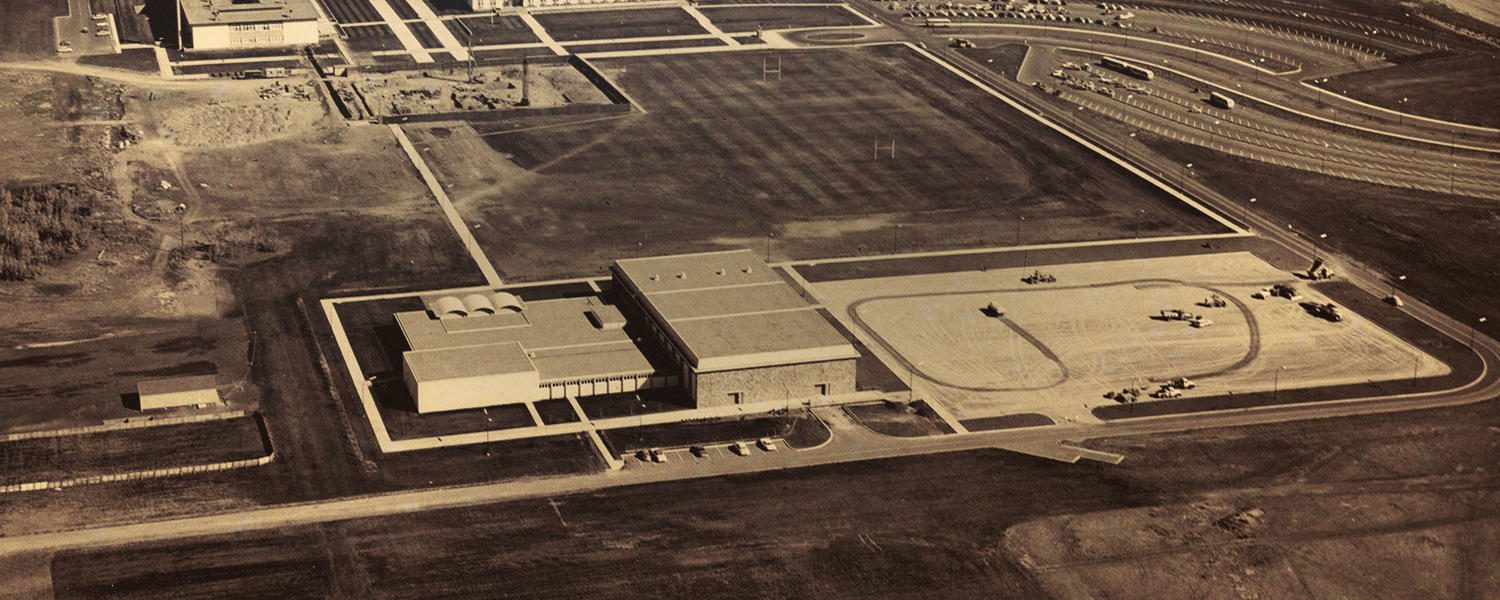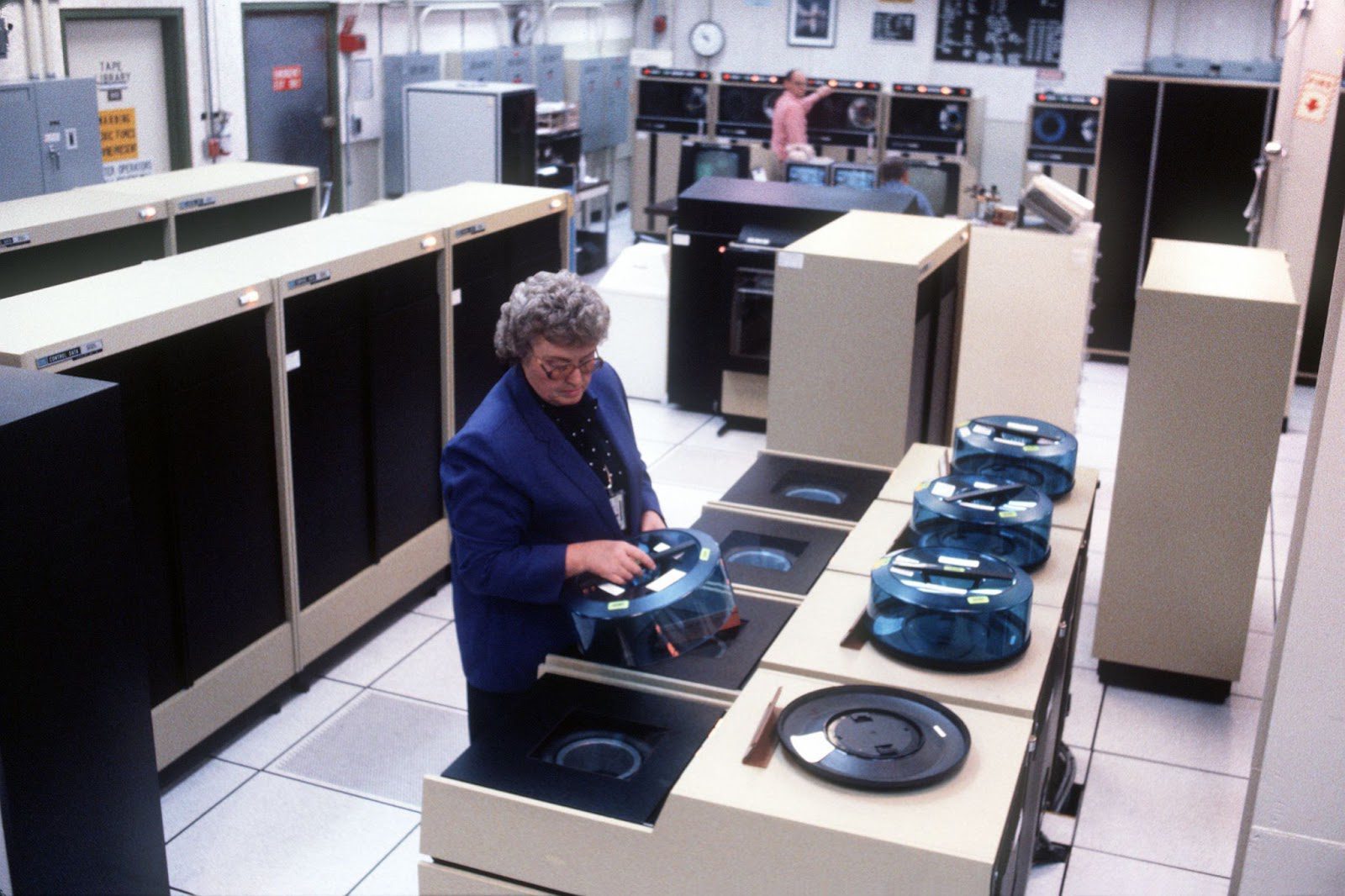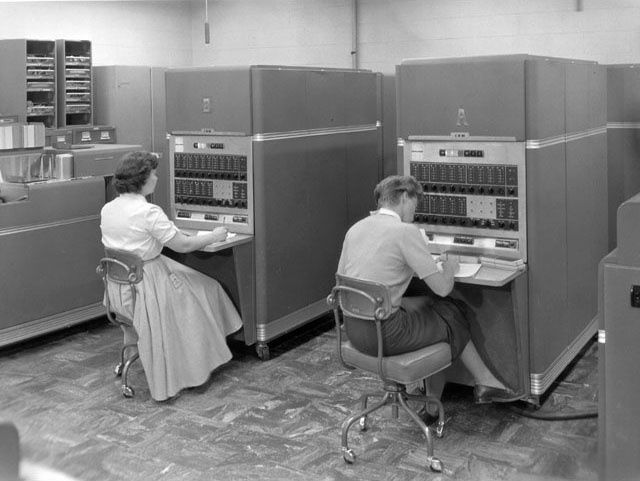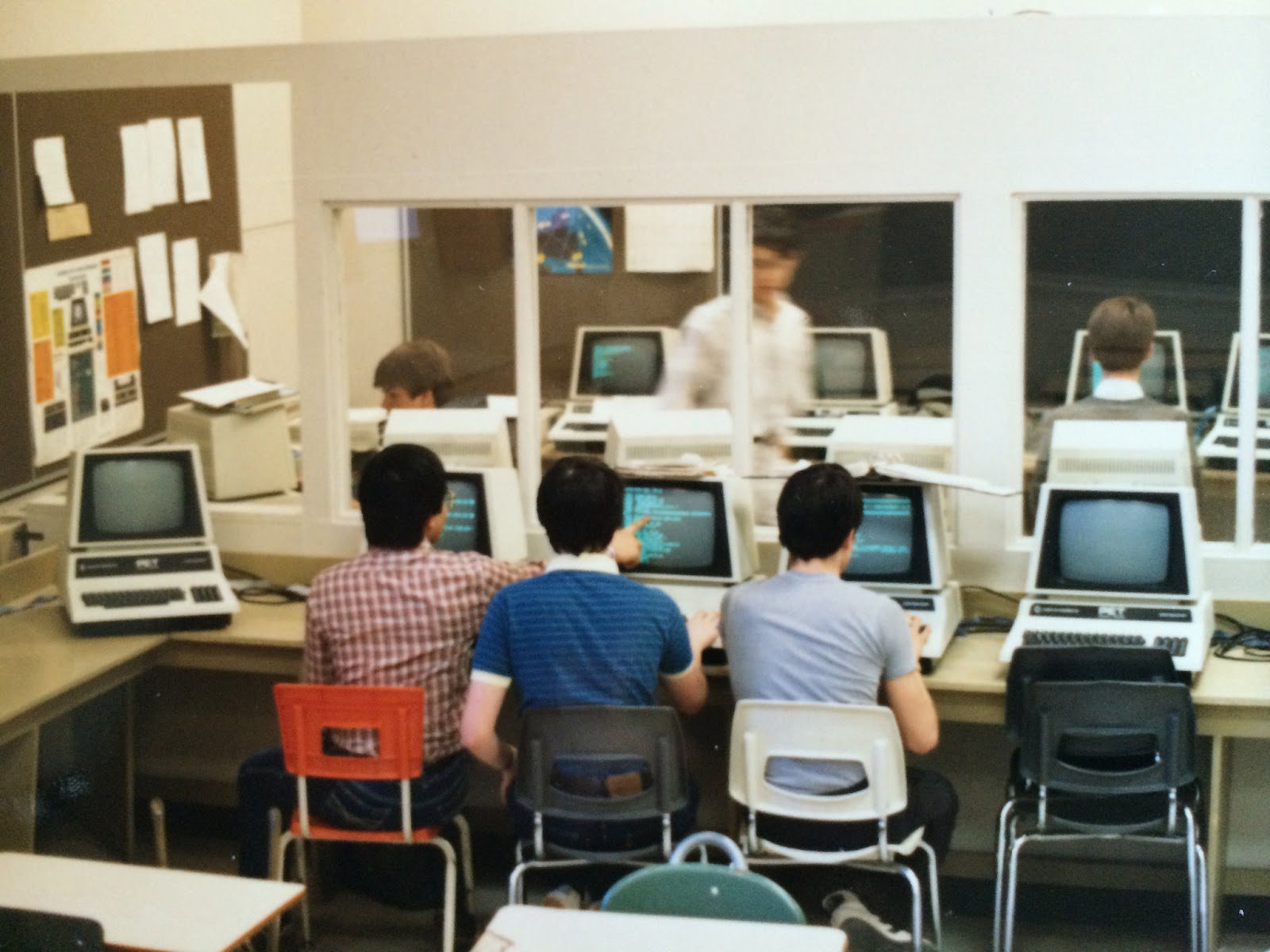Supercomputers are computers with the most powerful systems. They are usually used to solve complex scientific and engineering tasks that require a lot of mathematical operations or work with large amounts of data. Among all Canadian universities, the University of Calgary was the first to receive a supercomputer. Until now, the university only had access to personal supercomputers outside the campus.
How it happened that a relatively young and small university was the first to receive such a powerful and expensive machine at the time and what it led to, read more at calgary-future.
15 experts and 1 supercomputer
Rod Wittig studied mathematics at the University of Calgary, after graduating in 1984, he began working in its computing center. There, Rod and fourteen others were hired to operate the CDC Cyber 205 supercomputer.
Cyber 205 brought in real IT experts, including then-President Norm Wagner, CIO Ron George, Alberta Economic Development Minister Hugh Planche, and Control Data Corporation President Bill Norris.
Everyone understood that high-performance computing on a supercomputer would become central to business and research innovation. If a university had its own supercomputer right on campus, it would give scientists more opportunities to work with it. That’s how the first supercomputer appeared at the university – in February 1985.
The most modern computer system
Cyber 205 has become a pioneer both locally and nationally. At the time, its computer system was state-of-the-art: 16MB of memory and 5GB of disk space. It could provide the theoretical performance of two hundred 64-bit megaflops and four hundred 32-bit operations.
The Cyber 205 was used for special computing operations such as hardware search, matrix math and decryption. Such operations in Calgary were then best suited for oil and gas seismic and reservoir modeling work.

Curiously, Cyber supercomputers were the main product of Control Data Corporation (an American computer, computer, and supercomputer manufacturer; CDS for short) throughout the 1970s and 1980s. They have been used most often for fluid flow modeling, materials science stress analysis, electrochemical processing analysis, probabilistic analysis, energy and academic computing, radiation protection modeling, and other complex operations. The Cyber 205 model appeared in 1980. The first customer of this supercomputer was the Meteorological Office of Great Britain.

In 1987, the first Canadian Supercomputing Symposium was held in Calgary. There were discussed the possibilities of using them to support academic research.
Years later, the University of Alberta in Edmonton surpassed the University of Calgary’s machine learning capabilities. By the 1980s, top researchers were flocking from Edmonton to Calgary just to use the supercomputer. Remote computing from the Cyber 205 was possible via a slow 9600 Bit/s dial-up connection that could only transfer small amounts of data. So you had to drive directly to it to see the supercomputer’s capabilities.
Building a national research and educational network
After seven years of operation, the Cyber 205 was discontinued. After it, there was a huge hunger in Alberta at the time for supercomputers and remote access to that computing.
In 1993, the University of Calgary partnered with a geoscience company to gain access to their new FujitsuVPX240 supercomputer, commissioned that year. Establishing a strong connection between the university and this supercomputer became vital.
The urgency in supercomputing was felt equally by universities and research institutions across Canada. Computing experts began to band together, led by Brian Unger, a former professor of computing at the University of Calgary and former president of the non-profit organization Cybera, computing experts began to band together.
Aimed to build a powerful research and education Internet network across the country, university representatives and computer experts have collaborated with telecommunications providers. In 1994, Alberta, Saskatchewan, and Manitoba formed WURCnet (Western Universities Research Consortium Network).
WURCnet’s first director of advanced computing, Rod Wittig, also connected the network to the universities of Calgary and Lethbridge at speeds of up to 10 Mbps. For this, they rented expensive optical fiber from Shaw and Telus. Over time, they were able to get more stable financing. After some time, all Canadian provinces joined the network. This is how the basis of the national research and educational network was formed.

Therefore, the University of Calgary’s investment in supercomputing helped lay the foundation for Canada’s national research and education network, as well as Compute Canada, a resource that, in partnership with its regional organizations, provides the infrastructure to enable innovation in Advanced Research Computing (ARC). The National Research and Education Network (NREN) has become a source of Canadian innovation. It connects Canadian researchers, educators, and innovators with each other, as well as with data, technology, and colleagues around the world.
So, as we can see, it only took a few enthusiasts who can make the right decisions for a better future to turn Calgary (albeit briefly) into a national technology leader.
When did electronic computers appear in Canada?
The first electronic computers in Canada appeared after the Second World War. Then, like supercomputers, they were first used in universities, and then in governments. Various companies began using these machines to computerize their records in the mid-1950s.
The first computer science departments in Canadian universities appeared around 1964. Computers became widely used in the 1980s when they began to appear in small businesses, homes, and schools.
In December 1982, the unemployment rate in Canada reached an all-time high. Economists began to recognize the need for more computer science curricula. Since then, the state has seriously taken up the introduction of computers in public schools.

As early as 1989, 1/3 of Canadian workers used computers at work, and 19.4% of the population had a computer at home. Naturally, they were more common in cities than in villages. In rural areas and small towns, computers were owned by people with higher education and good income.
Over the years, federal and provincial governments have implemented policies to close the societal gap in computer access. This was partially achieved at the beginning of the 21st century. In 2017, 84.1% of Canadian families already had a computer at home, and 89% also had access to the Internet.


